Report: Parents of Prospective College Students Worry about Cost and Safety
Diverse: Issues in Higher Education
AUGUST 22, 2024
Parents and caretakers are always concerned about educational costs, degree competition and job placement, and if a safe and healthy campus environment is provided for their students,” said Dr. Davida L. This emphasizes a key recommendation from the paper, which is to build robust parent communication.

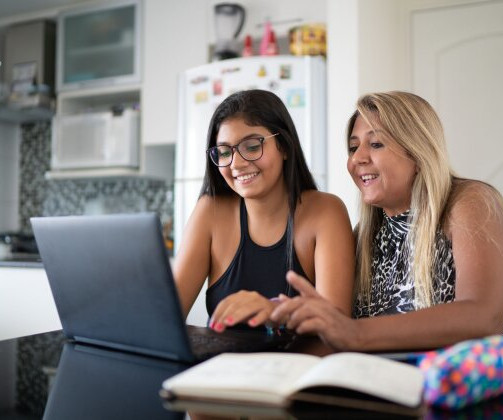
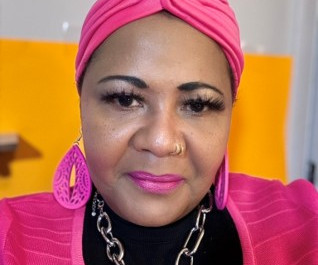
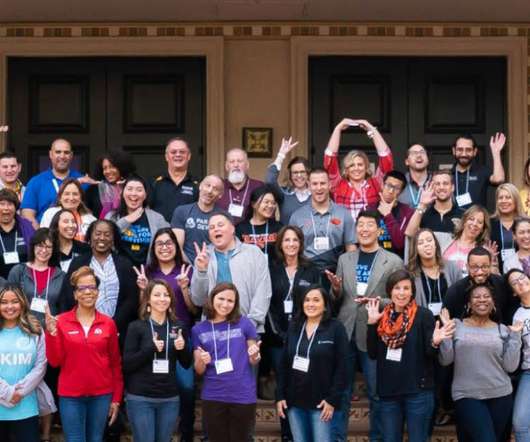

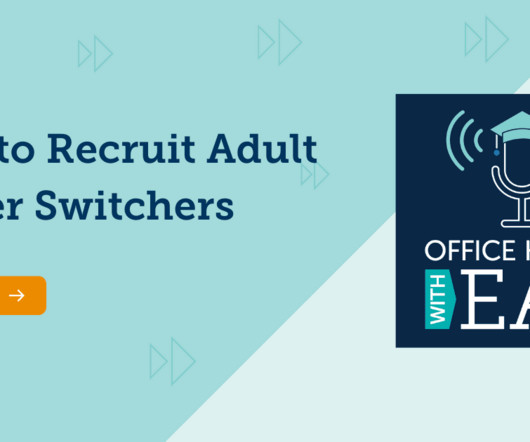
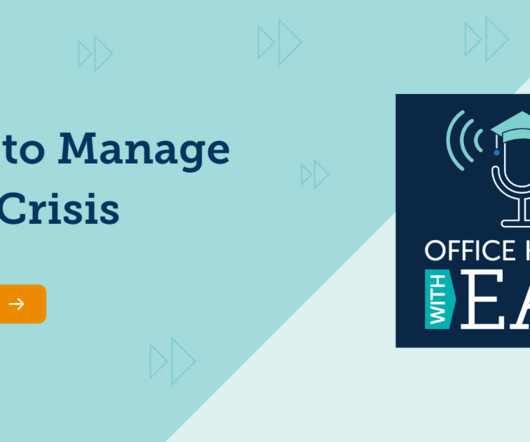
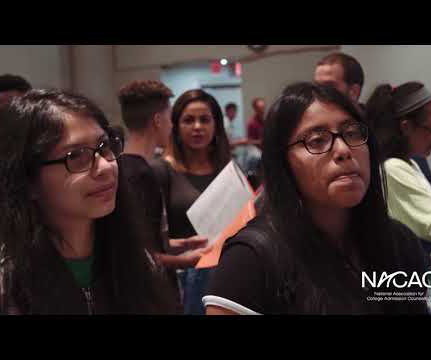






Let's personalize your content